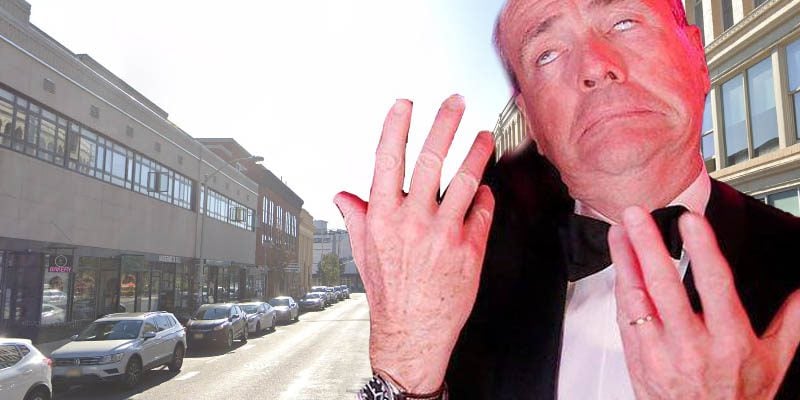TRENTON, NJ – It’s not sure whether or not Governor Phil Murphy is trying to mislead New Jersey each and every morning during his daily COVID-19 briefing. We’re not saying that, but what we are saying is that we have debunked a lot of the figures and information related to the virus given each day by the governor. Whether it’s fearmongering or overzealousness and excitement on the part of the governor, we’re not sure.
First, let’s break down daily hospitalizations. Each day we’re told of a number of hospitalizations in the state. We’ve been questioning those numbers of late and on Friday, Murphy admitted and agreed to start breaking down those hospitalizations into two categories, known and under investigation.
He said as of Friday, 844 people were being treated in the hospital for COVID-19. Only 397 of those patients have been confirmed positive with the virus.
“Today, In our hospitals we’re treating 844 total patients yesterday, and Judy, for the first time we’re going to explicitly say today, and I think we’ll change the chart as of Monday, if that’s okay, that of those 844, and you’ve been a leader on this, 397 are known COVID positive, and 447 are listed as persons under investigation pending, as we mentioned, test results,” Murphy said. “And we’ll start to break that out, I think every day for folks, right? The number of patients requiring intensive care was 139, and there were 65 ventilators in use, and that is certainly the lowest in a long, long time.”
20 people died from COVID-19.
Each day we think that’s how many just died. Again, not the case. We’ve been taking his word as scripture since the height of the pandemic. Twenty people did not die yesterday. In fact, 20 people might have died several days or even weeks ago. Again, Murphy is now being kept honest about this figure.
“Most of these deaths actually occurred some time ago and are only today being added to the confirmed count,” Murphy admitted on Friday.
On Friday, the state’s rate of virus reproduction crossed the dreaded 1% threshold, which is now Murphy’s key indicator of whether or not we continue reopening New Jersey, now heading into our third-month post flattening the curve.
Sounds, like we’re going in a bad direction right?
“However, our rate of transmission is up overnight to 1.11. I believe, Judy, yesterday it was at 1.0. Am I right? Yes. This means that each new positive cases leading to one or slightly more than one more positive case. Folks, we need to get that RT back down to where we are actively slowing the spread of this virus,” Murphy said today.
Overnight, you say?
If you look closely at the slides provided by the Governor as he’s speaking the 1.11 is not actually an “overnight” number, it’s an estimate of virus reproduction rate over the course of the past 7 to 14 days. While the RT is slowly creeping from its low of .7, it’s still nowhere near the pandemic high of 5.31.
Now, let us remember those who have died of COVID-19. Each morning, New Jersey sits around the television weeping for those poor lost souls who are the most recent victims of COVID-19. Many in New Jersey believe the daily roll call is a list of fallen in recent days, perhaps even in recent weeks.
Not the case.
On Friday, Murphy recognized Alphonse Baldino and his wife Jenny. Mr. Baldino passed on April 15th, three months earlier.
The other memorial he gave on Friday was that of Ludovino Alcantara, who died at the age of 86 on March 20th, some four months earlier.
Like we said the other day, this is a great memorial, but in full disclosure and in keeping with his declaration on Friday that, “We want to get this exactly as right as we can”, Murphy should offer full disclosure on those memorials from months ago. They are slightly misleading.
